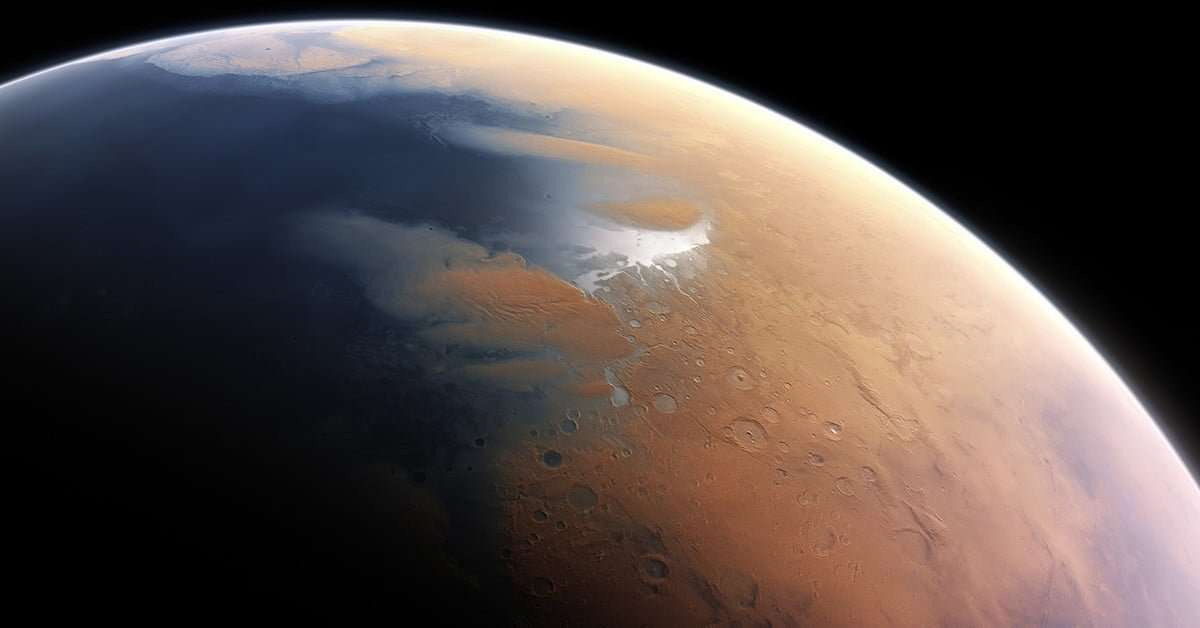The Curiosity Rover has done its share of exploring Mars by land, but now, NASA is looking to take to the skies above the Red Planet. A team of Japanese and American engineers is hoping to send a team of drones inspired by bees, aptly named “Marsbees.”
NASA has granted the innovative researchers funding as part of its “Innovative Advanced Concepts” program, which selects a few early concept ideas for space exploration to support on a yearly basis. The scientists hope that with NASA’s blessing, they’ll be able to create a swarm of robo-bees capable of autonomously exploring our neighboring planet. The Marsbees would still be dependent upon a rover, which would serve as a central command station and a charging port. The rover would also download the information collected by the Marsbees, and would help transmit it back to Earth.
As for the bee-inspired drones, scientists describe them as “robotic flapping wing flyers of a bumblebee size with cicada-sized wings.” These disproportionally large wings, Fast Company explains, will help the drones compensate for the much thinner atmosphere of Mars (as compared to Earth).
But why would bees be better than rovers? According to the researchers, having a swarm of flying robots is much hardier than a singular rover. If one of the bees falls from the swarm, there will be plenty of others who can make up for its absence. Similarly, each bee can perform independent of its compatriots, but when needed, would be able to take on a team-based mentality to cover a wider swath of the planet. Researchers also believe that they’ll be able to program the bees to perform as various types of sensors. And of course, the Marsbees’ ability to fly will give scientists a new vantage point on the Mars’ surface.
But don’t get too excited about this concept. As it stands, it is still very much in concept stage. The team still needs to solidify the wing design, and determine exactly how these bees will fly and how much power they’ll require. Currently, the scientists are testing their prototypes in a special chamber that reflects the air density of the Martian atmosphere. In later testing phases, they’ll also look into the Marsbees’ maneuverability, takeoff and landing capacities, and establish a potential mission.

-desdinova- on April 16th, 2018 at 20:00 UTC »
What's this? An alien planet woefully underpopulated by bees?
This briefcase of robotic space bees ought to put a stop to that!
mcmalloy on April 16th, 2018 at 18:49 UTC »
The article doesn't mention how much this program is being funded. Like is it a few million to build a single prototype, or is it in the scale of a few 100 million?
anglomentality on April 16th, 2018 at 18:02 UTC »
There's an episode of the X-Files where the agents find out that ETs really are already on our planet, and they have been for thousands of years if not longer but because of the limits of interstellar travel they never came to Earth "in the flesh."
Instead, they created artificial locusts that are indistinguishable from regular Earth-locusts, only they're secretly cameras transmitting information back to the ET home world. This makes me think of that.